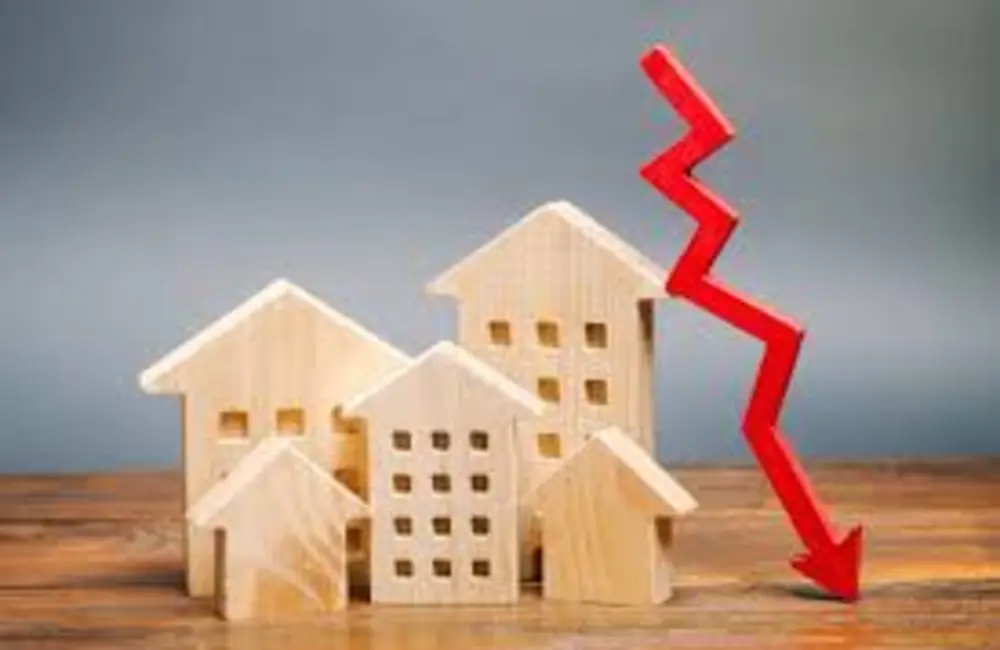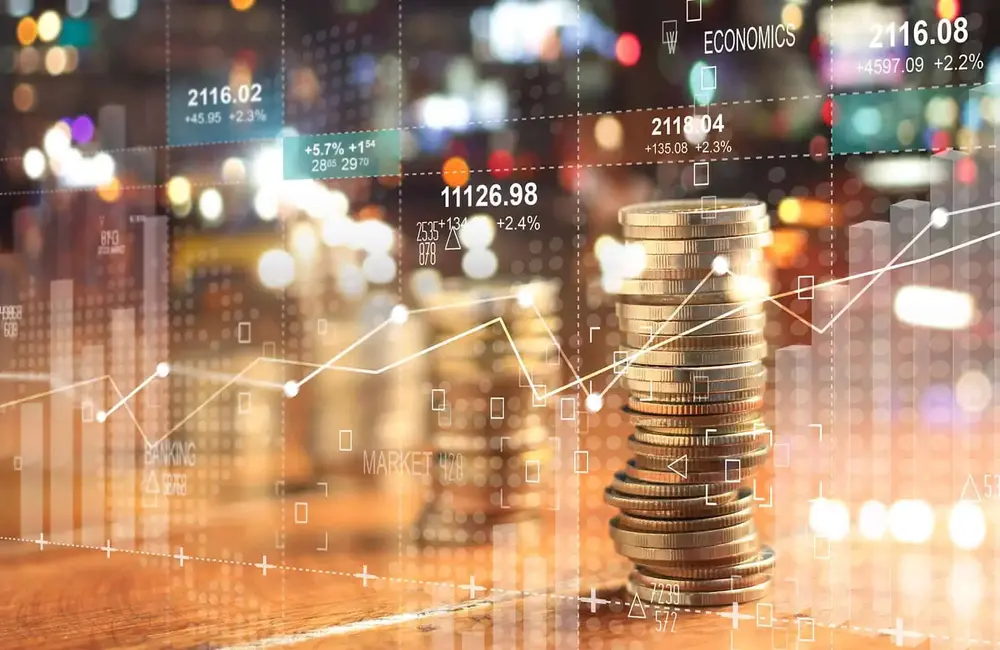The overall market has bounced back in recent weeks, with the US Market Index now 11.7% off its 52-week low on June 16, a day after the Federal Reserve raised rates by three fourths of a percentage point the most since 1994 to help beat down surging inflation. It did so again Wednesday, hiking rates by 0.75 percent, as was widely predicted.
Over the last six weeks, investors have glommed onto stocks as if the curtain was opening on another phase of expansion. That’s down from an August peak, following a five-month slide. The US Market Index reached 11,941.5 on Jan. 3 before tumbling a little over 23% by June 13, which would put this index in what’s officially categorised as bear-market territory. It is up 11.3% through July 28. The S&P/ASX 200 has risen 8.7 percent from its trough on 20 June, but is still 7.9 percent lower for the year.
One common rule of thumb is to call a new bull market when the market rises 20 percent or more from the low and does so for a protracted period. Ned Davis Research, a stand-alone provider of global investment research company based in Nokomis, Fla., tracks bulls and bears by using the Dow Jones Industrial Average; more history is attached to that index. They say a 30% spike in stocks for more than 50 days, or a 13% rise for more than 155 days, signals the start of a new bull market.
What’s a bear trap?
Beware the bear-market rally, also known as a bear trap, the sucker’s rally, a dead cat bounce. And the pattern, a sudden and steep increase in stock prices, is generally driven by short sellers covering bets and value investors buying up the most severely beaten-down shares — only to soon find that they were wrong on the premise that the worst was over and the market did fall yet again. Bear-market rallies are commonly short-lived, introduce their own false signs of hope and often end as abruptly as they began, typically leaving investors worse off.
“Bear-market rallies are counted in days and weeks, not months and quarters,” said Ed Clissold, the chief US strategist for Ned Davis Research.
Consider this: The Nasdaq reached a new low of 12,581.2 on March 14, but then rebounded over the following two weeks to 14,619.6 on March 29, a gain of 16%. The tech-heavy index started its latest downward spiral, which would ultimately wipe 23% off its value, pushing it down to 11,264.4 by May 24. It later fell to a 52-week low of 10,646.10 on June 16, leaving it down 33.44% from it's all-time high on Nov. 19. The index closed at 12,162.6 yesterday, 15 per cent higher than the June low.
The typical gain from the biggest rallies that have happened inside bear markets: 11.5 percent over 39 days, according to Ned Davis Research.
Bear-market rally or new bull?
How can investors distinguish between a bear-market rally and the dawn of a new bull market?
Pro investors need to see certain technical signals, before they acknowledge that a reversal is under way. The important thing is how many stocks are participating in a move, which is why these kinds of indicators are known in market technicians’ parlance as “breadth thrust” signals. The length of time the movie takes place, and the magnitude of price gains it brings about, are also relevant. The most dependable signals of a transition into a new bull market are:
- On the New York Stock Exchange, the NYSE American and Nasdaq, 90 percent of the common stocks are trading above their 10-day moving averages.
- Stocks advancing on NYSE uplast those declining by nearly 2-to-1 for 10 days.
- Over 20 days, 55% of stocks on the NYSE made new highs.
Those developments only occur at bullish turns, according to NDR’s Clissold. He points to the pandemic’s bear market in March 2020 the shortest one on record. That continued for 33, or 40, days (depending on whether you’re counting from the S&P 500 or the Dow Jones Industrial Average), when a big set of rallies happened through March and early April indicating a new up move.
With the worst first half for stocks and bonds in 50 years, the highest inflation in 40 years and seemingly nonstop bad economic data, investors could be forgiven for rooting around for bargains amid the rubble and imagining most of the damage is over.
There’s a debate among the Wall Street pros over whether we are at an inflection point in the markets. Some see signs that the bottom is now almost certainly in for stocks, while others caution that even more pain lies ahead.
Among the more bullish camp is James Paulsen, chief investment strategist at Minneapolis-based Leuthold Group. He adds that the bottom may already be in, after years in which the Fed was tightening, growth was decelerating and inflation was also starting to roll over. And further, he thinks most of “the sellers are long gone.”
“Are there any nervous Nellies still?” he asks.
Looking the other way is David Kotok, co-founder and chief investment officer of Cumberland Advisors, a registered investment advisory firm in Sarasota, Fla., with $3.5 billion in assets under management.
“We’re not in a fear-inducing extreme level,” Kotok says. “We haven’t even made a bottom because we haven’t seen that extreme selling.” He anticipates that interest rates will keep rising as inflation becomes more difficult to quell, geopolitical tensions ratchet up and “shocks” materialize. He’s also worried about “contagion risk” that could result from slowdowns among some of the world’s major economies.
What the bear-market numbers say
Looking at the numbers around bear markets indicates that the pessimists are on the right side of history. In the 30 bear markets that have happened since 1929, the average decline in the stock market was 29.7 percent, and the decline endured for an average of 341 days, according to Ned Davis Research.
So one way to get some sense for how long this bear market could last is to see how they relate to recessions. The stock market typically peaks 5.3 months before the onset of recessions on a median basis, according to Clissold at NDR. And the stock market troughs four months before a recession ends.
Indeed, on a technical basis, the United States may well be in a recession right now.
The Commerce Department said Wednesday that the economy had contracted at an annualized rate of 0.9 percent in the second quarter, compared with 1.6 percent in the first quarter. A recession is two consecutive quarters of economic contraction.
But economists and government officials have avoided the R-word, pointing out that the job market is still healthy and consumer spending remains robust. Federal Reserve Chair Jerome Powell doubled down on that this week after the central bank raised rates yet again, telling reporters he does not see the economy in a recession.
In its “three bears” framework, NDR offers some ways in which the bear market may unfold if a recession hit this year, next year or doesn’t happen at all.
Next year, the stock market could fall by 10% or more if a recession hits at some point in the middle of 2022. Bear markets that are coupled with recessions have historically fallen by nearly 35% on average and have lasted 15.3 months. If this were to prove true, reversion to the mean would start sooner, and it would end sooner too since a bear market bottoms four months ahead of recession, as cited earlier, thus laying the groundwork for a “shorter than average” recessionary bear market.
That’d mean a recession in 2023 would make the current bear market twice as long as average and likely to see plenty of bear-market rallies that ultimately fail, as have happened in prior cases. Three previous bear markets that included many rallies between the bear’s start and finish resulted in a peak gain of 15.9% in 1973, 14.3% in 1978 and 15.5% in 2000, according to Clissold.
The final and best case is no recession at all. Stocks fall by 25%, on average, in a non recessionary bear market over 9.1 months. Over the past 50 years, the median decline has been 18 percent, and it has taken 6.8 months for the S&P. 500 stock index to recover.
If the Fed can pull off that delicate balancing act of damping inflation by slowing down the economy without pushing the country into a recession, Clissold says, “the cyclical bear is probably close to being done.”

























